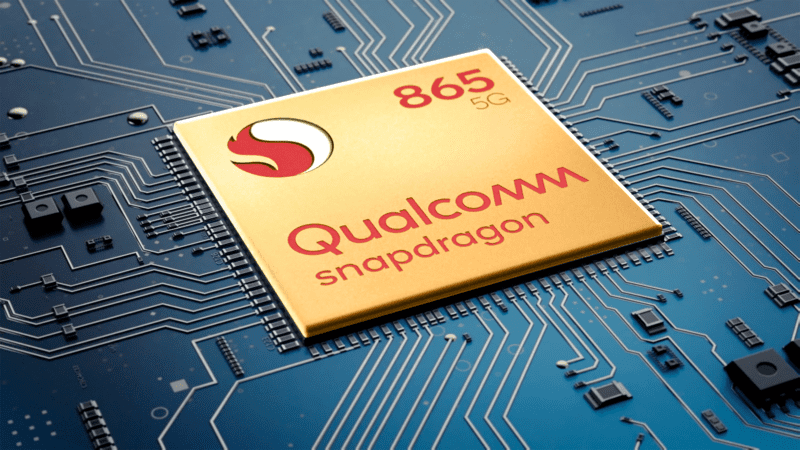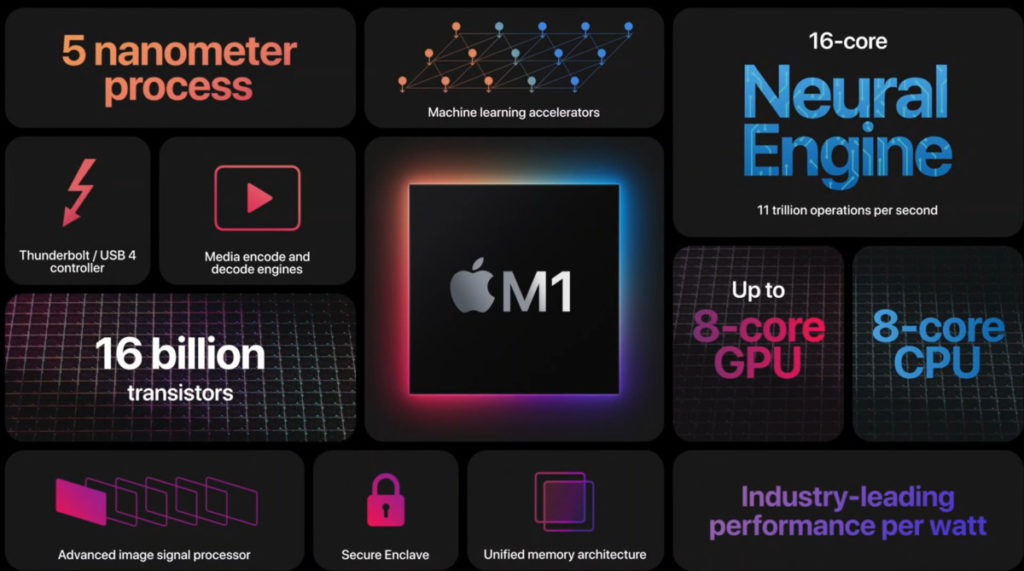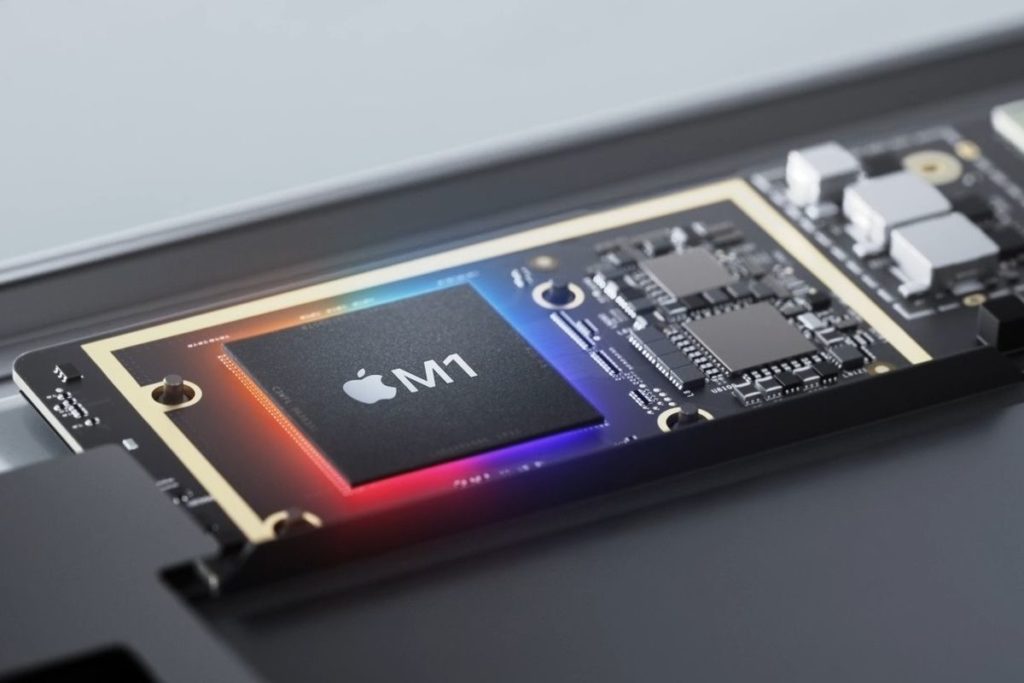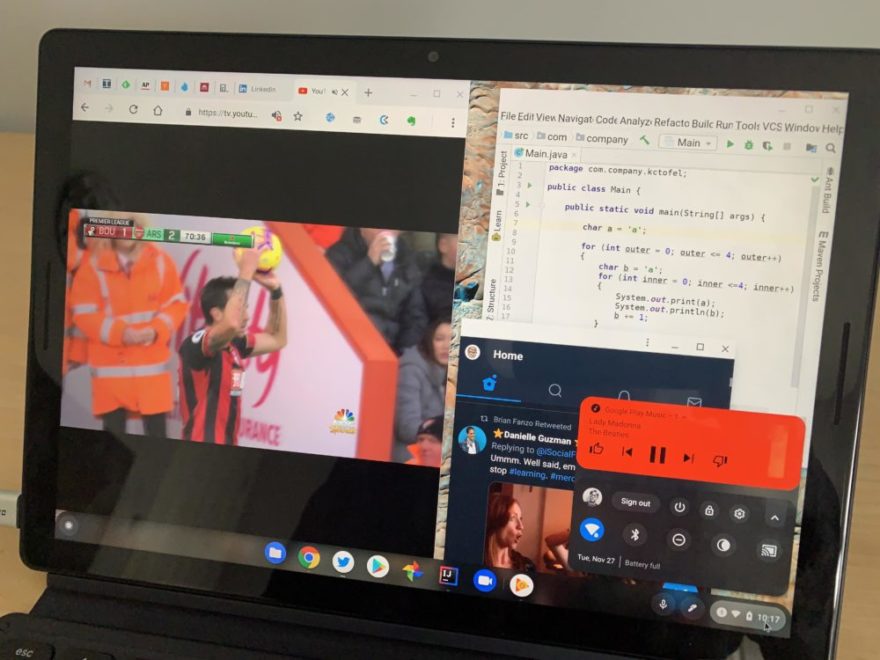By now you’ve likely read the reports that Google is planning to have its own chips for Chromebooks, much like it will have in the upcoming Pixel 6 smartphone. I love this idea on the surface and even noted last year that the Apple M1 silicon reviews made me want Google chips in Chromebooks. Although I’m thrilled by the news, there are some very important things to keep in mind before the reported chips arrive in 2023.
Clarification: Google won’t be making the chips
Before we get into the meat of things, if you think Google chips in Chromebooks will be made by Google, you’re wrong. Google will at best be designing (or even co-designing) the chip based on the standard ARM architecture. This is exactly what most other companies do.

For example, how many of these companies do you think make their own processors or GPUs? You can choose from Apple, Huawei, MediaTek, Nvidia, Qualcomm, and Samsung.
The answer? Only one, and it may not be the one you think.
It’s Samsung, which alongside TMSC, fabricates chips for most of the industry. (TMSC is larger, by far.) All of the others? They design their chips, either with whatever standard architecture ARM provides or by tweaking that architecture if they have the higher-priced ARM license to do so.
While this point is subtle, it’s actually very important.
Chip fabricators cater to the larger players
Now that we know that Google will be a chip designer like most of its competitors and not a chip manufacturer, here’s why it matters. Chip fabrication plants are super expensive to build. Like a billion dollars or more to build. And it takes a while to build those production lines. If that wasn’t the case, we wouldn’t be in a chip shortage situation right now. We’d just click a button and open up a new chip fabrication plant. Boom! Shortage problem solved!
Because of the economics and limited supply of these plants, chip makers like TMSC and Samsung have to be selective about the order of production for their various customers. Money is a big factor here and Apple is known for pre-paying to get its chips fabricated so it can generally guarantee its product line evolution. And by pre-paying, I mean even funding some of the fabrication facilities in advance so the production capabilities are ready when Apple needs them to be.
How many chips will Google need?
So a company like Apple is going to get “dibs” on chip production in the early stages of newer CPU cycles. Everyone else? Well, that’s going to depend largely on how many chips each company will need and what they’re willing to pay.

Companies that sell the most devices need the most chips and it’s more cost-effective for the silicon production line to crank out 10 million of the same processor as opposed to a few hundred thousand of another one. The companies that need a high quantity of chips are moved up in line. And if Google chips for Chromebooks have a custom design (and why bother if they don’t?), then unless Google pays a huge premium or orders millions of the chip, it’s likely going to be at the back of the production line.
I don’t see Google ordering 10 million chips, maybe not even a million. I think it’s a safe assumption that it will use the custom silicon in its own line of Chromebooks, at least initially. Although I haven’t seen sales figures, I don’t think a million Pixel Slates were sold.
Perhaps the Pixelbook Go did, but that may even be a stretch. Plus, that device has been around for nearly two years, giving it even more time to sell more units. Heck, there are reports that in its best-selling year, Google Pixel phones only sold 9 million units in a smartphone market with more demand than for Chromebooks.
To top it all off, this doesn’t even take into account the chip shortage issues that are likely to continue well into next year. That could further pressure chip makers to tell Google, “Yeah, we’ll get to your chips when we get to your chips.”
What’s the ROI of customization?

When Apple debuted the M1 processor, I had early thoughts on why Google chips in Chromebooks would be a good idea:
“Google has to rely on mostly off-the-shelf processors that are commodities. It’s hard to optimize fully in that case. And Apple’s advantage here isn’t just a single CPU architecture, but soon a unified application ecosystem, something that Google doesn’t have. Closing the loop then, a customized ARM architecture processor combined with Chrome OS fully optimized for that custom processor is clearly lacking right now in the Chromebook space.”
And I still believe in what I said. Now that this could become a reality, I’m thinking about what specific optimizations Google could create with its own CPU designs.
I’m not coming up completely short here but I am wondering what the actual value add will be and will it be worth the investment. Again, I’m pro-Google chips in Chromebooks but I’m trying to be real here in terms of tangible benefits.
Most of what Google could optimize for is with Linux, which is what Chrome OS is really built on, virtual machines for the Android and Linux app containers, and… a browser.
This is different for Apple, which has its own desktop applications and solid third-party support for apps. Think Photoshop and Final Cut Pro, for example. There’s a reason these can export media on the M1 chip as fast, if not faster, than most current Intel chips. Apple’s M1 has been optimized for that activity because it knows a huge number of its macOS users actually do those activities.
Chrome OS isn’t macOS
Chrome OS is a bit different. It doesn’t have desktop applications that can take advantage of optimized silicon.
Now, this might change in the future as part of the custom CPU or GPU plan. Perhaps some high-profile app makers are convinced by Google to port over Linux versions of their software that can take advantage of Google chips in Chromebooks. And I could see native games on Chromebooks become comparable to their Windows or macOS counterparts with a chip that’s optimized for gaming.

Outside of that, and maybe some nebulous AI / ML activities, I’m not sure what in the Chrome OS architecture would most benefit from an optimized chip just yet. And that means such silicon might only provide an incremental benefit to a subset of devices, Google-branded Chromebooks, for a large amount of effort and money.
I’m sure you all have thoughts on this news too, so chime in with a comment below!


5 Comments
“For example, how many of these companies do you think make their own processors or GPUs? You can choose from Apple, Huawei, MediaTek, Nvidia, Qualcomm, and Samsung.”
Who makes the chip doesn’t matter (much). For example, Samsung fabbed the early iPhone and iPad chips for Apple. Nvidia has both Samsung and TSMC fab their chips and will soon have Intel do so too. Qualcomm splits their business between TSMC and Samsung and will also shift some to Intel. Google will be pressured to give some foundry business to Intel also.
Instead, what matters is who DESIGNS the chips. AFAIK there are 3 levels of ARM licensees. Generic licensees take the generic Cortex-X and Cortex-A CPU cores and Mali GPU cores from ARM Holdings and add their own components. That is what MediaTek, Allwinner, Rockchip, Amlogic and now Google are doing. So does Nvidia, except that they only use the Cortex CPU cores with their own GPUs.
Type 2 architectural licensees include Qualcomm, Samsung and (until recently) Huawei. They license the ability to customize the generic ARM cores, as Qualcomm does by taking Cortex and Mali cores to make their own Kryo and Adreno cores that perform 10%-20% better. Samsung once did the same to make Mongoose cores, but ceased when their cores were unable to keep up with Qualcomm’s so now they just use Cortex and Mali.
Then you have Type 1 architectural licensees. They are the ones who have the legal ability to make their own ARM cores. Everyone else can only license ARM cores from the type 1s, and also license the ability to modify them. Meaning that if you don’t own a Type 1 license, all you can legally do is modify someone else’s design. Even if you develop a great ARM core design you won’t have the right to do anything with it but sell it to someone else with a Type 1 license. They include ARM Holdings (obviously), Ampere, allegedly at least one Chinese company (a lawsuit is underway to hash that out), possibly Fujitsu and … definitely Apple.
So – again – it doesn’t matter who fabs your chip. So long as your chip is based on the ARM Holdings IP, it isn’t going to run much faster than a MediaTek chip that uses the same cores, even if you customize those cores like Qualcomm does. And as Apple’s CPU and GPU core designs are A LOT BETTER than ARM Holdings, their chips are going to be far superior than those by Qualcomm, Samsung, MediaTek and now Google no matter whether TSMC, Samsung or Intel physically makes them.
If Google wants to compete with Apple (and Intel and AMD) in CPU design, they need to buy a company with a Type 1 ARM license. It doesn’t appear to be that easy or else Samsung, Qualcomm, MediaTek etc. would have done it ages ago. Ampere got theirs from the now defunct entity AppliedMicro, and Fujitsu got the licensing that they need to design ARM supercomputers from Sun Microsystems. Perhaps the antitrust regulators would keep Google from buying Ampere. But what keeps Google from paying Ampere to create 4, 8 and 16 core versions of their ARM server CPUs (which have as many as 128 cores) to put in Pixel Slate, Pixelbook and Pixelbox (my suggestion for the Chromeboxes that Google really needs to take more seriously) that include Titan and Tensor? Only Google’s imagination as Ampere would certainly welcome the money. They would welcome an entirely legal tit-for-tat where Google buys their ARM server CPUs even more.
Everything you explained about ARM designs is correct. But it *does* matter who makes the chip because there are very few companies that do. And for the reasons I explained, Google’s will either cost more per unit and/or be at or near the back of the production line.
As far as Intel goes, I didn’t even mention them because while they are going to begin producing ARM chips for other companies, they only this year announced a $20B investment to expand their production capabilities, with those factories not coming online until 2024. Keep in mind also: They just delayed their own 7nm production rollout by a year to 2023.
I agree that Google should neither go to the back of the TSMC line or pay for a better position. Also according to what I have read Google only moved about 400,000 Pixelbook Go devices, and the Pixel Slate didn’t even sell that many. So unless Google is going to come out with a marketing and pricing strategy that actually works, Intel will not need to add capacity to meet that tiny volume. I do agree that it will have to be on Intel’s 7nm process, but Google reportedly won’t finish their Tensor for ChromeOS design until 2023 then anyway.
Also the Intel 7nm process is equivalent to the 6nm process that MediaTek Kompanio 1200 devices that are going to launch primarily in 2022 (though we MAY get a couple towards the very end of 2021). If there is a better ARM option for ChromeOS than the Kompanio 1200 in the pipeline, I haven’t heard anything about it as Qualcomm appears to be reserving the Snapdragon 8c Gen 3 and the new Nuvia SOC for Windows 11 and Samsung isn’t even trying to get their SOCs on ChromeOS anymore.
Ultimately I think that Samsung is going to fab their ChromeOS SOCs, but there would be a lot of advantages to Google using their longtime ChromeOS collaborators Intel.
Spot on. Tensor for the Pixel 6 phone is just Samsung’s fab + Google’s Neural cores swapped in, nothing special. The issue is both the licensing for the ARM cores and the technical capability to do so. Apple spent almost 15 years on their Silicon + untold sums of money making Rosetta 2 possible. How much time and money is Google willing to invest in ChromeOS? It doesn’t even have its own app store for developers to code native software, or much incentive for app developers to invest their resources in the first place.
That seems an excellent analysis @kevin Tofel, and the extra detail from @atlman on the different ARM licensing is fascinating.
It seems like either a ‘vanity play’ by Google (Apple did it, so we will too) or maybe a ‘throwaway’ — one thing I don’t understand is if they can use same/similar silicon on the ChromeX line as compared with Pixel phones. The phones would give them somewhat the volume they need and the custom silicon maybe would allow the ChromeX line to be developed beyond its current niche.